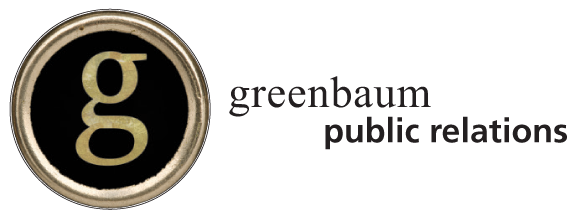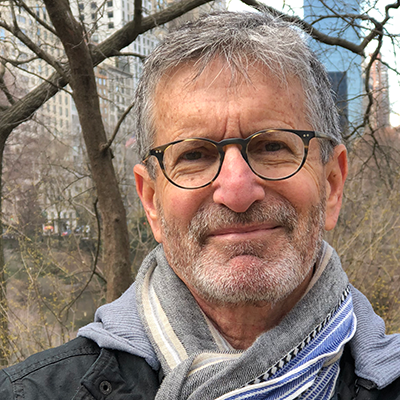Do you believe things to be so? Do you think so? Or, do you know so?
Hardly an existential exercise, this is the hierarchy of critical thinking — the absence of which explains why we are experiencing diminishing returns on debate and discourse. Worse, why frustration and arrogance, hate and disorder, and other tools of ignorance are dividing people and parties, and friends and families in this country.
Generations from now, our descendants may look back on this era as “The Age of Dissociation.” Dissociation and separation from those with whom we disagree; dissociation from progress by regressive politicians and constituencies who believe what was is better than what can be; and most historically significant, dissociation and detachment by small-minded thinkers from facts, from science and from reality.
BALONEY DETECTION?
Decades ago astronomer, author, philosopher Carl Sagan focused his brilliancy on this concern for the preservation of clear thought by developing a defense mechanism, which he called “The Baloney Detection Kit.”
Sagan’s Baloney Detection Kit first appeared in his book The Demon-Haunted World: Science as a Candle in the Dark (1997, Ballantine Books). The content provides the means to differentiate beliefs from knowledge based on facts. It is a foundation with which to elevate how we communicate and associate with one another. It is not unreasonable to suggest its effective application could change the course (and Age) of history.
Deception, which Sagan described as “proved or presumptive baloney,” arises “sometimes innocently but collaboratively, sometimes with cynical premeditation. Usually the victim is caught up a powerful emotion — wonder, fear, greed, grief.”
Such deception can create a personal cost, observed P.T. Barnum, who infamously claimed, “There’s a sucker born every minute.” It can be dangerous, even catastrophic, when governments and societies accept baloney with credulity … “however sympathetic we may be to those who have bought the baloney,” Sagan warned.
TOOLS OF (AND TO COMBAT) IGNORANCE
Critical thinking, according to Sagan, is the ability to construct and understand a reasoned argument and, conversely, to recognize a fallacious or fraudulent argument. Within his Baloney Detection Kit, packaged more than two decades ago, most all the tools remain particularly relevant and more than a few are downright prescient. For example:
- “Whenever possible there must be independent confirmation of the ‘facts’”
- “Try not to get overly attached to a hypothesis just because it’s yours.”
- “If there’s a chain of argument, every link in the chain must work (including the premise) — not just most of them.”
- Among a section on fallacies, Sagan expanded on the “appeal to ignorance — the claim that whatever has not been proved false must be true, and vice versa.” For examples, he cited that lack of evidence of UFOs and extra-terrestrials does not prove they exist; and summed up such ambiguous propositions with the phrase, the “absence of evidence is not evidence of absence.”
- Three additional fallacies Sagan cautioned of were the “excluded middle, or false dichotomy — considering only two extremes in a continuum of intermediate possibilities.” (In spite of the examples set by uncompromising politicians, the rest of us could attempt to move beyond our echo chambers; and, say, occasionally switch between Shepard Smith on FOX News and John King on CNN for news and views.)
- Two other havoc-wreaking fallacies Sagan described may seem frighteningly familiar: the “confusion of correlation and causation” and the “straw man — caricaturing a position to make it easier to attack.” (Trump and Putin routinely engage in these fallacies as well as “false moral equivalencies” — with impunity and often with a heaping pile of righteous indignation.)
LISTEN TO OTHERS … AND YOURSELF
Above all, there is this prerequisite for successfully advancing purposeful, knowledgeable discourse:
Listen as much as you talk. Otherwise, you’re simply folding up one half of the ping-pong table and playing with yourself. And don’t just pause between spewing to take a breath and plot your next attack; actually Listen.
Sagan concluded his commentary on distinguishing facts and fallacies with this humble admonition about the proper use of The Baloney Detection Kit: “… applied judiciously, it can make all the difference in the world — not least in evaluating our own arguments before we present them to others.”
In the meantime, as individuals and circumstances continue to challenge virtues like curiosity, humility and civility and, at the same time, enable conceit and hate and hypocrisy, the “Age of Dissociation” continues its march to infamy.







Listening is becoming a lost art.
Understanding our limited experience and knowledge cannot provide us with reasoning power that is great enough to lead to the truth. We need to listen, as you say, and grow with new knowledge that is available everyday.
well said!
Let it not be too late! It certainly seems that Sagan’s prescient words are reasonable enough but in the current climate is beyond the realm of possibility with many. My family members included sadly. We are losing the middle, balanced ground. I agree with ed. We must by all means learn to listen and learn again. But our knowledge and time to learn is limited. But then we must be able to reason critically. Also a lost art. Hopefully the “remnants” will survive going forward and light that flame again when this craziness settles down.
Thanks Les, for reading, for listening and for sharing this important message.